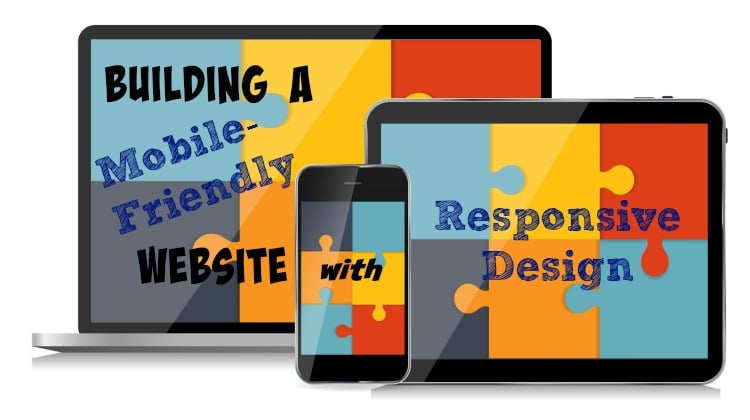
There’s been a LOT of chatter recently about search algorithm updates from Google and how these changes will impact your “findability” on the web. And, it makes sense that people are focused on this because as one marketer once said, “What is your brand? Whatever Google says it is.”
These changes have a variety of implications, particularly for mobile marketing. This new algorithm will rank mobile-friendly sites higher in the search results, which makes sense because Google is trying to put the most relevant site and the best experience in front of the user.
Ranking high in search results is important, but be careful not to ignore an equally important part of having a mobile friendly site—which is providing the ideal user experience—because that is what will keep your customers coming back.
3 Key Factors to Consumer Behavior and Accessing the Web
Consider three important factors when it comes to consumer behavior and accessing the web.
- Mobile device use is as high as it has ever been.
- Higher general use naturally means more customers are searching for websites on a mobile device.
- Users are demanding a better experience and leaving sites that can’t provide fast and easily consumed content.
These three elements together mean that businesses need to take their mobile sites seriously to stay competitive.
Everyone is going mobile, and we aren’t necessarily “out and about” when using our tablets, smartphones, and mobile devices. According to research from Nielsen, 80% of tablet use happens at home and 84% of smartphone and tablet owners use those their mobile devices when they’re watching TV.
[Tweet “Marketers take note: 80% of tablet use actually happens at home.”]
In addition to greater mobile and tablet use, consumers mean business when they are using a mobile device. They will no longer accept sub-par experiences when surfing from their phone. And when they encounter a website they have trouble accessing via mobile, 46% will not return in the future. If your website is your online sales person, or your digital store, you will need a great mobile experience to keep those customers shopping, engaged and coming back.
Using Responsive Design as a Solution
One of the strategies to address these problems is developing responsive websites, meaning your website will re-configure based on the device the consumer is using. It’s a smart technology and can work for most companies who don’t need a separate and specifically programmed mobile site.
The upside to developing a responsive site is that it is all based from the same code, which means the SEO and overall maintenance is streamlined. When making changes, updating the site, or enhancing the SEO, it is done once instead of on two different sites. The other benefit of a responsive site is that all the content is there for the user. Many times, when creating a specific mobile site, the content is pared down, but users still want a content rich environment.
If you have a website designed and programmed for desktop, you don’t have to start over in order to be more mobile-friendly. Taking a desktop site to responsive will typically cost $7,000-$10,000, much less than building a new website.
Responsive sites are not for every business, some will need separate mobile designed sites, simply because of their functionality and needs. A good example of this is e-commerce sites, where a specific mobile site will create a better shopping experience. By understanding how your customers will be using your site and what you want them to experience, your developer can help you determine the best direction for your business.
3 Steps to Measure Mobile Performance
There are a few simple steps that businesses can take to determine how they are performing on the mobile front. Here is a list to get started:
- Reference your Google Analytics to see how many of your website visitors are using mobile devices. Then ask yourself if you are willing to lose that percentage of visitors if your mobile experience is sub-par.
- Visit Google’s Mobile SEO page for a quick test to see if you are passing as mobile-ready with your current site.
- Engage a digital firm to assess your specific situation and needs. Having an expert help you navigate solutions will save time and money.
About the Author
Christy Whitehouse is a partner at The Summit Group, a Salt Lake City based agency serving digital clients both domestic and abroad. She has twenty years of experience in figuring out smart technology solutions wrapped within providing the ideal consumer experience aimed at solving today’s marketing changes.
Very interesting article. Thanx Christy! I know that content is very important but I think the most important is to create website. It’s a 1st step. I don’t have coding skills but even so I create my own website by the help of Mobirise.net.